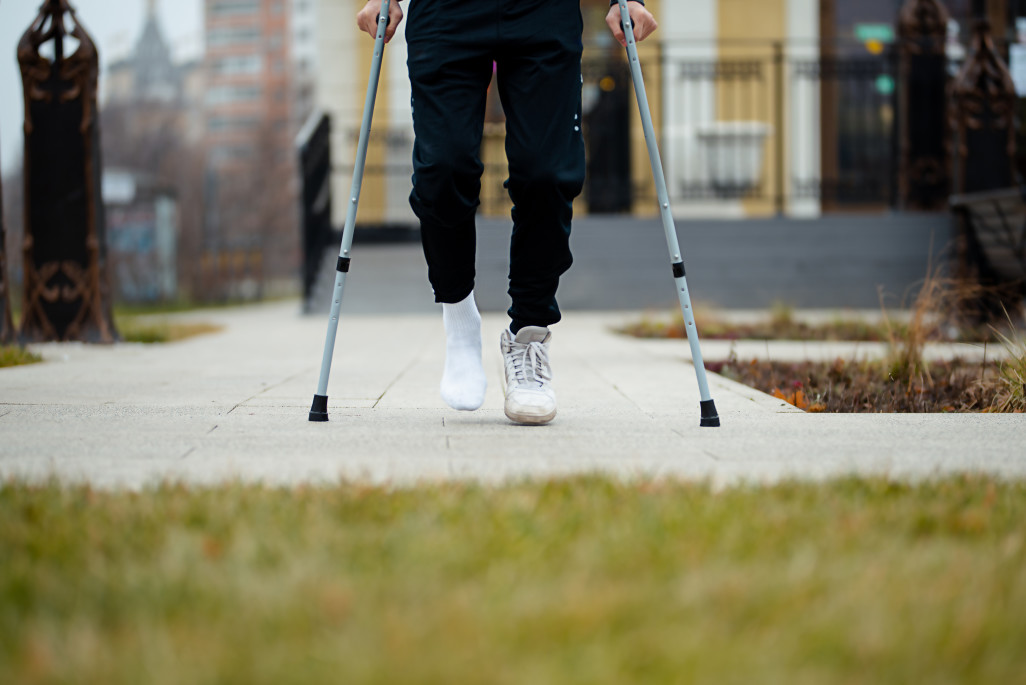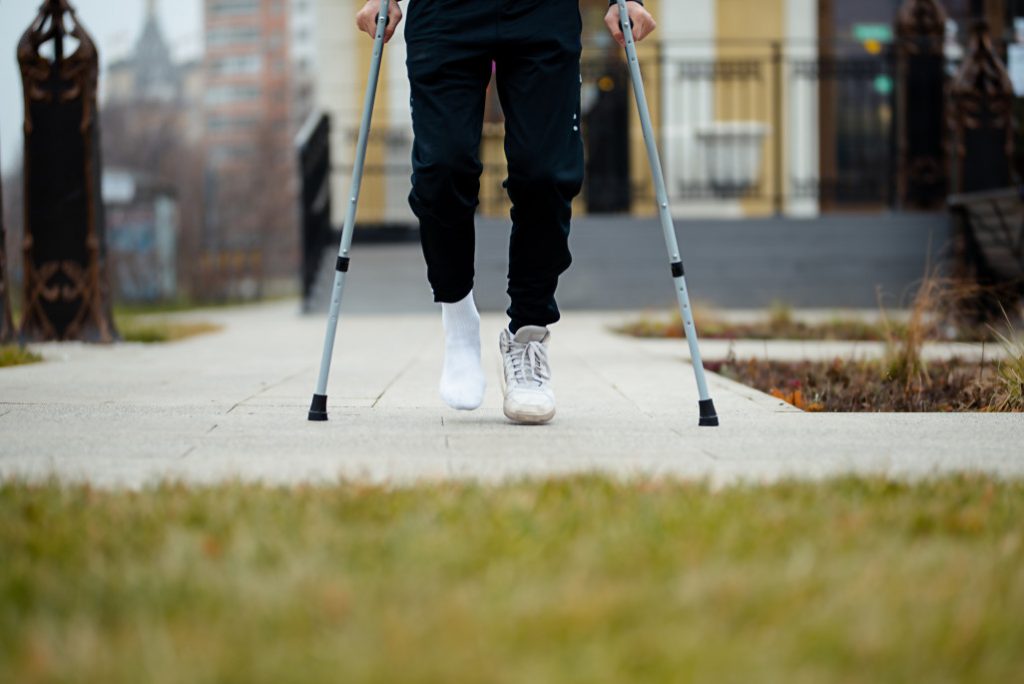
Traumatic brain injury is the most serious type of motorcycle accident injuries. This injury is caused when a severe blow to the head causes permanent brain damage. While concussions can be treated at home with rest and pain medication, more severe injuries may require life-saving surgery. Concussions usually require significant time off from work and can prevent you from working in certain occupations.
Breaks are one of the most common types of motorcycle wreck injuries. The type of fracture you have will determine if you need surgery, casting, pain medication, or both. A fractured bone may require an artificial limb, or even bone grafts in severe cases. These injuries can be very painful but can improve with proper treatment and rehabilitation. If you experience a broken bone after a motorcycle wreck, you should seek medical attention immediately.
Broken bones are not uncommon in motorcycle accident injuries. The most common are the tibia and fibula, which are prominent bony structures on either side of the ankle. The tibia and fibula account for approximately 90% of leg and ankle injuries in motorcycle wrecks. A full-face helmet is not required in all motorcycle accidents. This is the most common form of broken bone in a motorcycle accident.
In addition to broken bones, motorcycle wrecks often result in road rash. Even though most motorcyclists use protective gear, abrasions can still occur. Although most abrasions require no medical treatment, some can be severe enough to cause permanent nerve damage or disfigurement. Road rash can also be caused by abrasions. This can be very painful and can leave permanent scarring.
Even though it is rare, permanent nerve damage can cause permanent disability. This can lead to a range of unforeseen medical bills and affect one’s ability to feel. A victim of nerve damage may require physical rehabilitation and home medical equipment such as wheelchairs and rails. If you are unable to work or do other daily activities due to nerve damage, you may be entitled to financial compensation for your injuries.
Some victims of a motorcycle accident injury may not feel any symptoms for several days or weeks after the accident. They may feel pain, numbness, or decreased mobility in the arm affected by the accident. To determine if permanent nerve damage has occurred, medical treatment may be necessary. Permanent nerve damage after a motorcycle wreck injury can cause many complications, making it important to consult a doctor as soon as possible after the accident. The Ulnar Nerve is located in the rear of the elbow and is used during finger movement and fine motor activities.

A damaged sensory nerve can cause numbness in the affected area. Nerves are vital to the brain’s ability to coordinate voluntary movements of all muscles. If a nerve is damaged, this communication is interrupted, causing the body to lose its ability to move. If the nerve damage is severe enough, a person may even suffer from chronic pain for the rest of their life. This condition can impact every aspect of a person’s life.
In a motorcycle wreck, internal injuries can occur as a result of blunt trauma or being run over. If you’re in one of these types of accidents, you should know how to spot common signs of internal injury. These signs may not always be obvious, but they can indicate internal injuries that require immediate medical attention. To ensure you receive the best medical attention, it is a good idea to consult an Indianapolis motorcycle accident lawyer if you suspect you or someone you love has suffered an internal injury.
There are many factors that can cause internal bleeding. These include the type of trauma, the severity, and location of the injury, and the body’s ability to heal it. People who are on anti-clotting or blood-thinning medications are more at risk of internal bleeding. It is important to get a diagnosis as soon as possible. To avoid internal bleeding and other complications, it is important to see a doctor immediately following a motorcycle accident.
An injured victim of a motorcycle accident may experience pain and swelling in their abdomen. This pain is typically indicative of internal bleeding, which may be more serious. The individual may experience lightheadedness or dizziness and even fainting. If you notice any of these symptoms, it’s important to seek medical attention immediately. In severe cases, internal bleeding may lead to brain damage. For this reason, it’s important to visit a doctor as soon as possible after an accident.
Injuries to the legs and pelvis are among the most common types of motorcycle wreck injuries. Lower-extremity injuries are more severe than other areas of the body. In fact, 98 percent were deemed AIS 2 and higher. While the AIS level of a lower-extremity injury varies by severity, bone fractures are more common than soft-tissue injuries.
Motorcycles are often overlooked by other drivers because they are smaller than other vehicles. They are therefore often overlooked by other drivers, but they are more likely to be fatal than other types of car accidents. This report will provide information on lower-extremity injuries in motorcycle crashes, as well as trends in the numbers of these injuries and their papers. The report will include information about hospital charges, payment, and disposition.
Motorcycle crashes can cause leg and foot fractures as well as amputations of the lower limbs. The femoral artery is the largest blood vessel in the leg, and it can be severe enough to kill a victim in a matter of seconds. Another important type of injury from a motorcycle accident is the knee. A knee injury can cause a lifetime of mobility problems and may require multiple surgeries and extensive physical therapy.
Motorcycle wreck injuries are most often caused by left-turn collisions. This is because a motorist fails or misunderstands the biker ahead, causing an accident. Drivers who are distracted don’t always see the biker ahead and make a mistake that leads to a collision. The driver also may have misjudged the motorcycle’s speed, so he makes a left turn when he shouldn’t have.
Although the driver who made a left turn may be at fault for the accident, evidence from camera footage, and eyewitness testimony as well as traffic cop reports may help to reduce that liability. There are many reasons left-turn collisions can occur. The best way to avoid them is not to stop too close to intersections and to anticipate the turn of another vehicle. Extra space is required for turning vehicles, especially if they have articulated bodies. It is important for cyclists to know how much space is required before they can turn left.
Insurance companies use standard formulas to determine who was responsible for a motorcycle accident that left-turns. Generally, the closer the motorcycle is to the front of the other vehicle, the more the driver is to blame for the accident. In other words, the motorcyclist is more responsible for an accident if he or she is closer to the rear of another vehicle.
Motorcycle riders are most likely to sustain serious injuries in a motorcycle crash. They can result in severe lacerations, permanent scarring, and loss of limbs. When motorcyclists fail to wear helmets, they may suffer a skull fracture. A skull fracture is not typically life-threatening, but if it is severe enough, it could result in damage to the brain and veins and arteries.
Motorcyclists are more likely to die in a collision with another vehicle. They are more susceptible to impact, because they have less protection than cars and weigh significantly less than motorcycles. This mismatched force makes motorcycles particularly vulnerable to these types of accidents. Cars are at least four times heavier than a motorcycle. Consequently, the chances of sustaining a fatal injury are high.
Traumatic brain injuries can cause severe pain and disability. In addition to the usual injuries, motorcycle accident victims can suffer traumatic brain injuries. Traumatic brain injuries can result in severe cognitive changes, neurological disorders, and even seizures. Many victims experience long-term effects from being in a motorcycle accident. They may need plastic surgery revisions or stitches. This type of motorcycle accident injury is considered to be one of the most serious types of motorcycle wreck injuries.
Even if you have not been directly struck by another vehicle, you could be suffering from diffuse axonal injuries. This happens when the brain tissue becomes stretched or compressed as a result of a motor vehicle collision. This type of brain injury can cause problems with your ability to think clearly and make rational decisions. If you are unable to think clearly, it can impair your daily activities or prevent you from engaging in normal work or leisure activities.
Three types of traumatic brain injuries can occur from a motorcycle accident injury. The most common type is called coup-contrecoup injury. The resulting contusions affect both sides of the head, and the brain collides with the skull. Diffuse axonal injury, which can cause nerve fiber damage in the brain, can also be caused by this. It is difficult to detect on a CT scanner. Penetrating injuries, on the other hand, are caused by an object piercing the skull and causing localized damage.
Even mild traumatic brain injuries are serious. Concussions may cause a temporary loss in consciousness, but they can be dangerous and require immediate medical attention. Patients can have agitated, inappropriate, or uncooperative behaviors. It takes time for the brain tissue to heal, and a few weeks or months of rest can be critical. It is possible to recover. It can take weeks, months, or even years, depending on how badly the brain is damaged.
Comments
No Responses to “What Are The Types of Motorcycle Wreck Injuries?”
No comments yet.